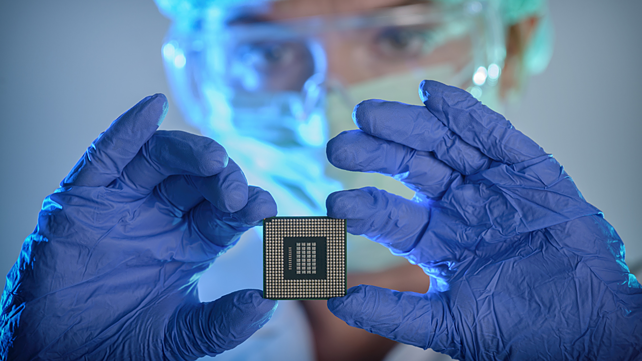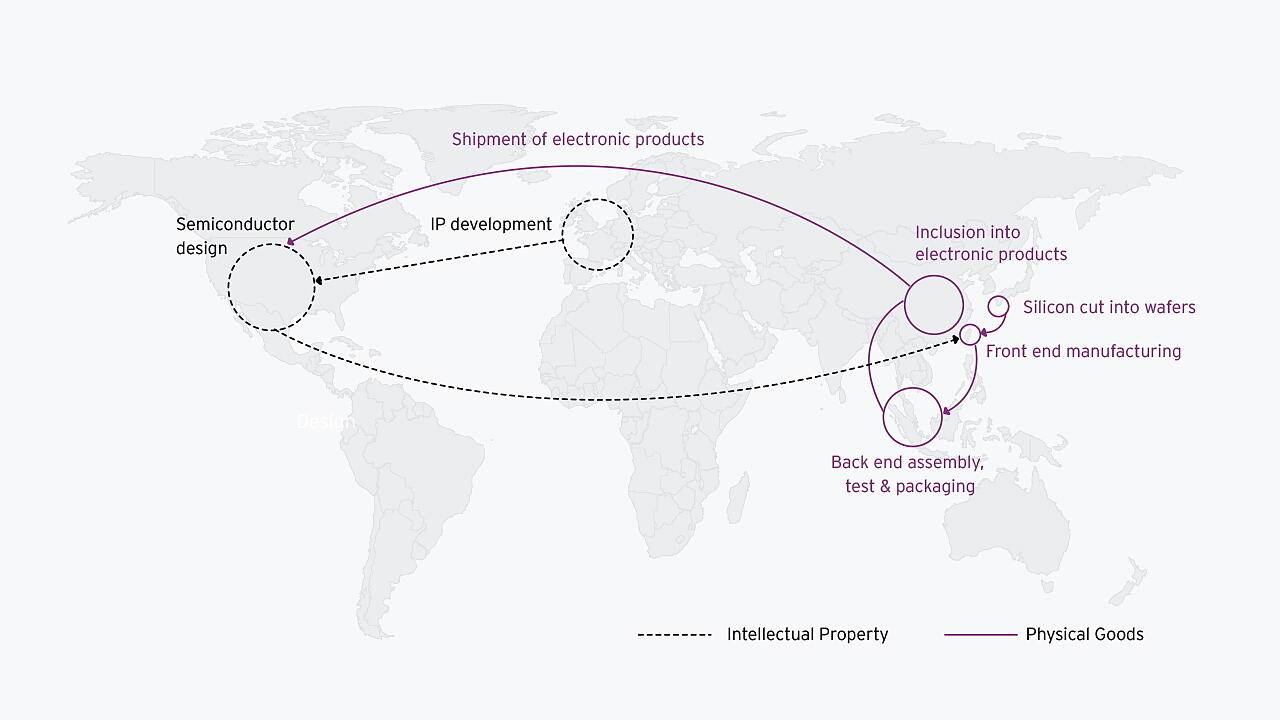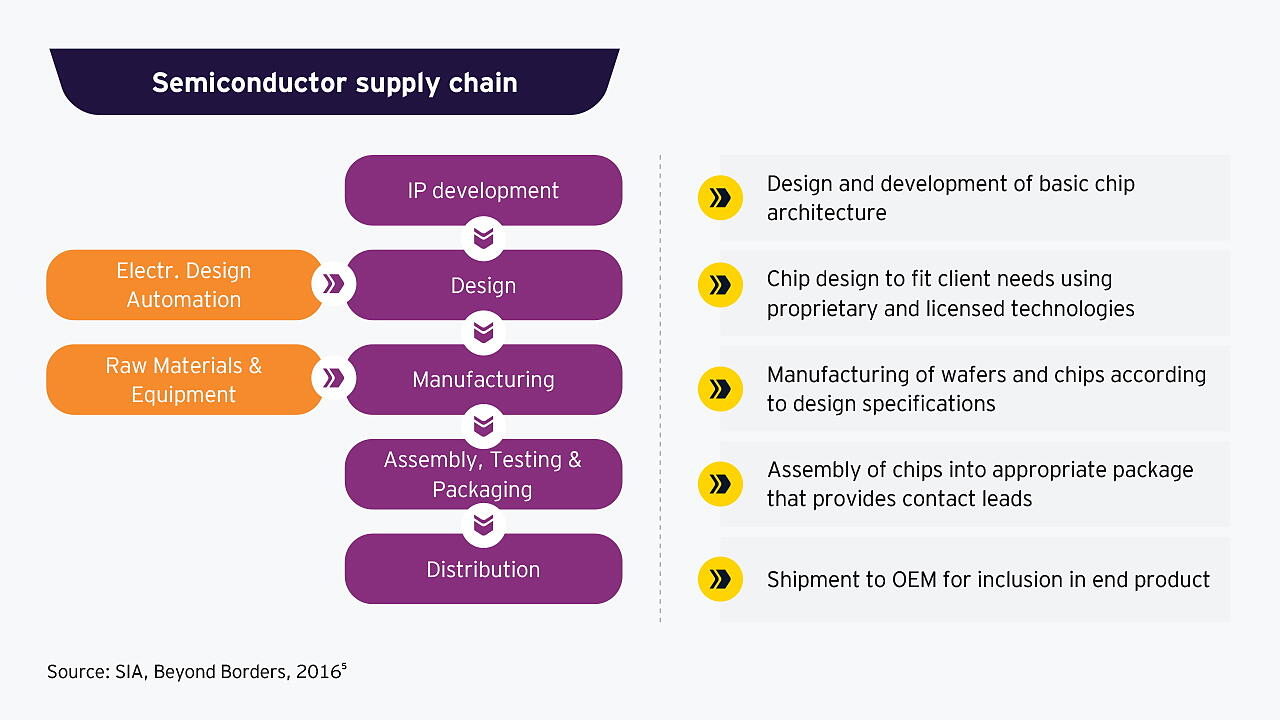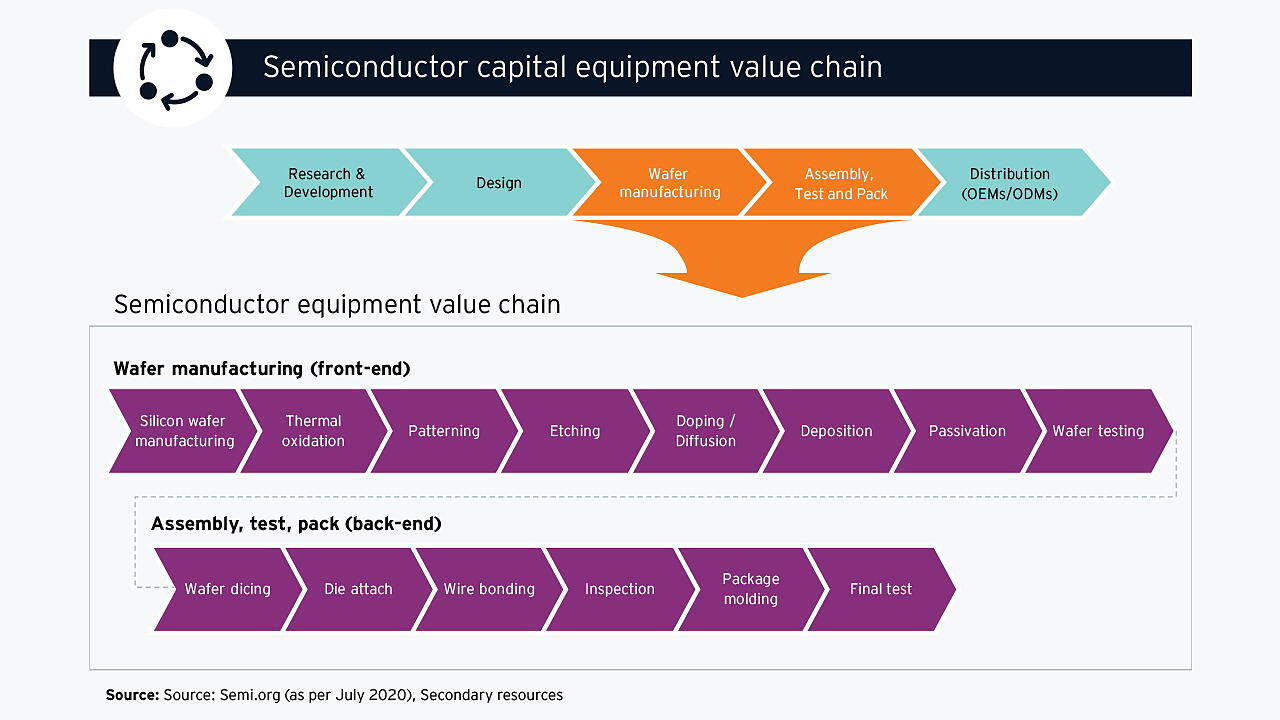
As the world continues to develop new marvels in automobile technology, consumers demand smart and intelligent vehicles. Vehicle manufacturers have been consistently working hard for the last 10 years to incorporate key features like comfort, convenience and functionality and take it to the next level.
While consumers in the mass vehicle segment have begun to enjoy the much-evolved modern day automobile, COVID-19 hit the automotive industry hard and impacted the sector adversely. As the first visible effects of the pandemic were being noticed, automobile OEMs projected a decrease in production and sales, and they subsequently recalibrated their demand outlook.
Vehicle manufacturers’ projections were initially correct – the first three months saw nearly near-zero offtake in automobile sales.
The pandemic was also seen as an opportunity by the manufacturers of high-end TV, mobile phone, entertainment system and laptops to serve “forced to stay at home consumers”. Sectors like IT, consumer and healthcare saw an increased consumer demand.
This increase further translated into higher demand of semiconductors. For quite some time, semiconductor companies continued to fulfil the robust demand that arose with the changed world order owing to the pandemic.

As the world began to recuperate from the impact of COVID-19, auto OEMs started to witness steady increase. At present, the positive demand of automobiles has started to come back globally, and we see that the semiconductor industry is finding it hard to cater to the increasing demand from various sectors.
Automotive players will have to wisely bring back the ball of the pendulum on their side to get hold of the required demand of semiconductors for their continued survival and growth.
Impact of COVID-19
COVID-19 has significantly altered the fundamentals of the sector, including customer behaviour, business revenues, and numerous aspects of corporate operations. There is an unprecedented demand for IT technologies such as – servers, connectivity, and cloud usage as online collaboration grows.
COVID-19 has been surprisingly a good demand driver for three distinct industries – IT, mobile & consumer electronics and healthcare. The tables below illustrate this.
| Product | 2020 growth over 2019 |
|---|---|
| Notebook | 26% |
| Servers (Edge Computing) | 20% |
| Storage | 33% |
| Gaming Console | 30% |
| Ventilators | 172% |
Source: IDC & hospimedica.com
Semiconductor ecosystem
Semiconductor manufacturing is a complex global intertwined ecosystem, which has led to a supply chain that is vulnerable to macroeconomics, geopolitics and natural disasters. Semiconductor companies operate in many different countries and jurisdictions, and each of them have country-specific as well as international laws relating to health and environment regulations.

As the manufacturing process is complex and the ecosystem of players so diverse, there is a flurry of business models with companies targeting scale through market leadership or specialisation.
One example is the equipment for lithography, a vital step needed for front-end manufacturing. This is the area, where one player commands more than 80% of market share. Another example is memory chips, which requires steep investments, and which is dominated by a handful of players, who can afford the investments in manufacturing facilities.

In conclusion
The current semiconductor shortage will certainly revive to meet the increasing demands of the present day, provided it is well collaborated with the latest digital technologies such as analytics, machine learning, artificial intelligence, among others. This can tremendously help restore the intelligent and smart supply chain. And yet again, the automotive sector will breathe in greener pastures.
About the Author: Som Kapoor is Partner, Leader Future of Mobility and Retail at EY India.